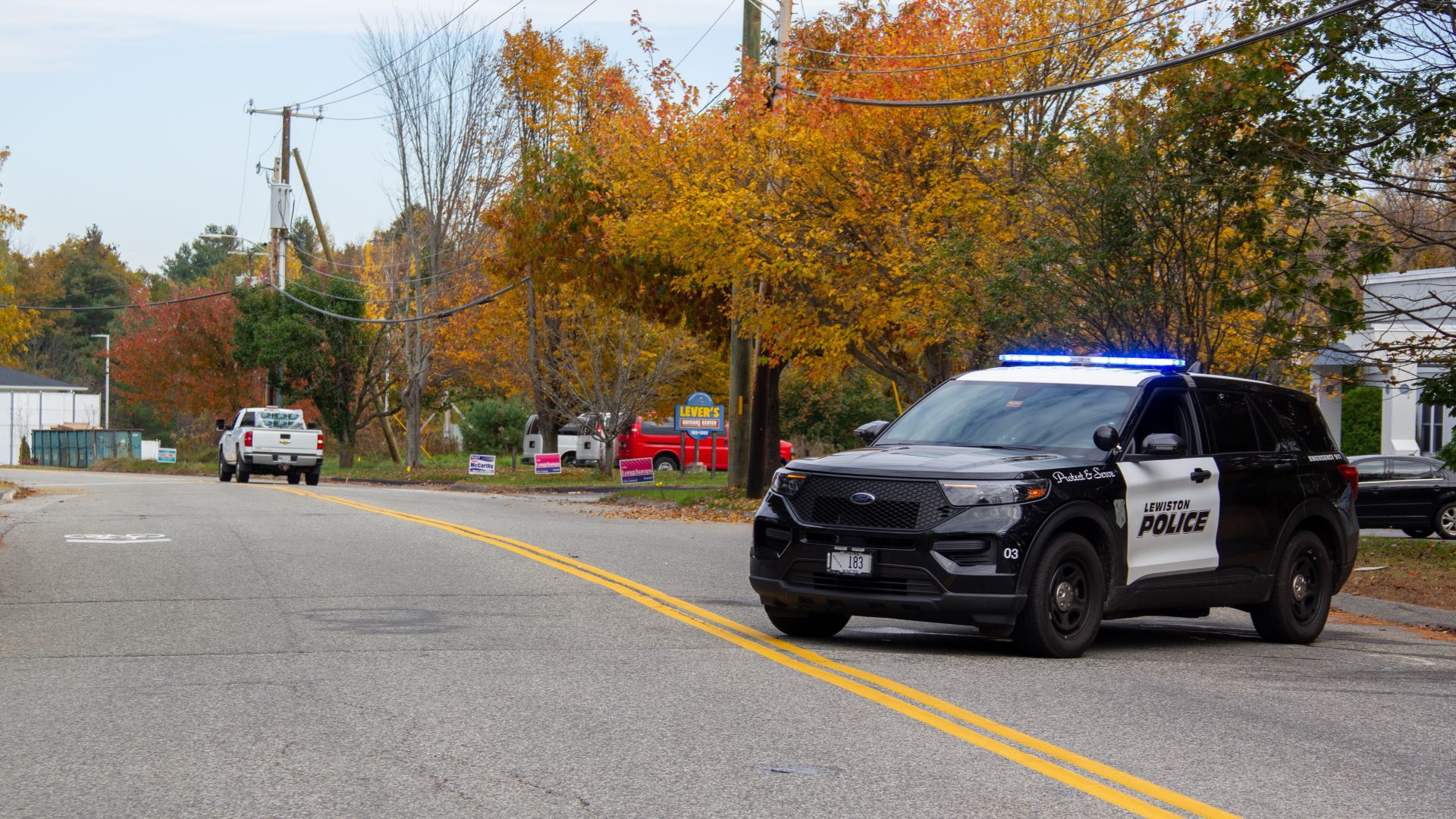Documents released after the Oct. 25 mass shootings in Lewiston that left 18 dead and 13 injured revealed a scattered response by Maine law enforcement and Army officials to warning signs, weeks and months beforehand.
Of the many questions documents raised about how officials could have acted differently to restrict shooter Robert Card’s access to firearms, The Maine Monitor focused on how the Sagadahoc County Sheriff’s Office conducted a so-called welfare check on Card a month before the shootings.
Law enforcement agencies conduct checks when acquaintances or family members ask police to check on an individual’s well-being. In the Sagadahoc Sheriff Office’s case, the check was requested by a member of Card’s Army reserve unit, who is also an Ellsworth police officer, after Card reportedly threatened to shoot up an Army Reserve base in Saco.
After a Sagadahoc Sheriff’s deputy made two failed attempts to conduct a welfare check on Card in September, the deputy alerted other agencies to be on the lookout for Card. But the sheriff’s office did not make any more in-person attempts to contact him.
Welfare checks give responding officers a wide range of discretion and authority, from placing the subject into protective custody for evaluation by a medical practitioner and possible hospitalization, to initiating Maine’s ‘yellow flag’ law that could take the person’s weapons.
The Monitor set out to determine what procedures, if any, Maine law enforcement agencies have to guide officer responses between initial contact with the subject of a welfare check and these outcomes.
To do so, we contacted the heads of more than 20 Maine law enforcement agencies, including municipal police departments, county sheriff’s offices and a state public safety official.
We had in-depth interviews with officials from 10 of them. We asked a set of standardized questions about their policies surrounding welfare checks, especially when the subject is experiencing a mental health crisis.
Specific questions included how agencies track mental welfare calls; how agencies determine whether someone possesses firearms; what an officer should do if the subject of a welfare check cannot be reached; how agencies communicate with each other about outstanding welfare checks; what their access is to mental health resources or liaisons; and how they have initiated Maine’s yellow flag law or protective custody.
In conjunction with our interviews, we sent requests to those agencies for monthly data on welfare checks, policies related to welfare checks where someone is experiencing a mental health crisis, and documentation of completed or initiated yellow flag orders.
The interviews and records requests revealed Maine law enforcement agencies often lack detailed, formalized procedures in conducting welfare checks or any routine way of tracking the encounters.

Mental welfare checks instead rely on the discretion of an officer or supervisor, officials said, and are constrained by department staffing and access to mental health liaisons, like a social or crisis worker, who have specialized training and can connect people with mental health resources.
Department officials also identified communication gaps between agencies when officers are trying to find specific information on the subject of a welfare check, such as the individual’s access to firearms or past incidents that resulted in a police response, which can be hindered by different agencies using different computer programs.
This dearth in mental welfare check procedures closely aligns with the actions of the Sagadahoc Sheriff’s Office in attempting to contact Card.
The responding deputy’s incident reports show indecision about whether to continue his efforts. There were also signs of heavy influence by an Army Reserve official outside of the agency to err on the side of caution and stop his attempts, rather than a command from higher up in the sheriff’s office.
The Monitor has continued reporting on training that officers receive to respond to mental welfare checks and how access to mental health liaisons can affect the responses.







